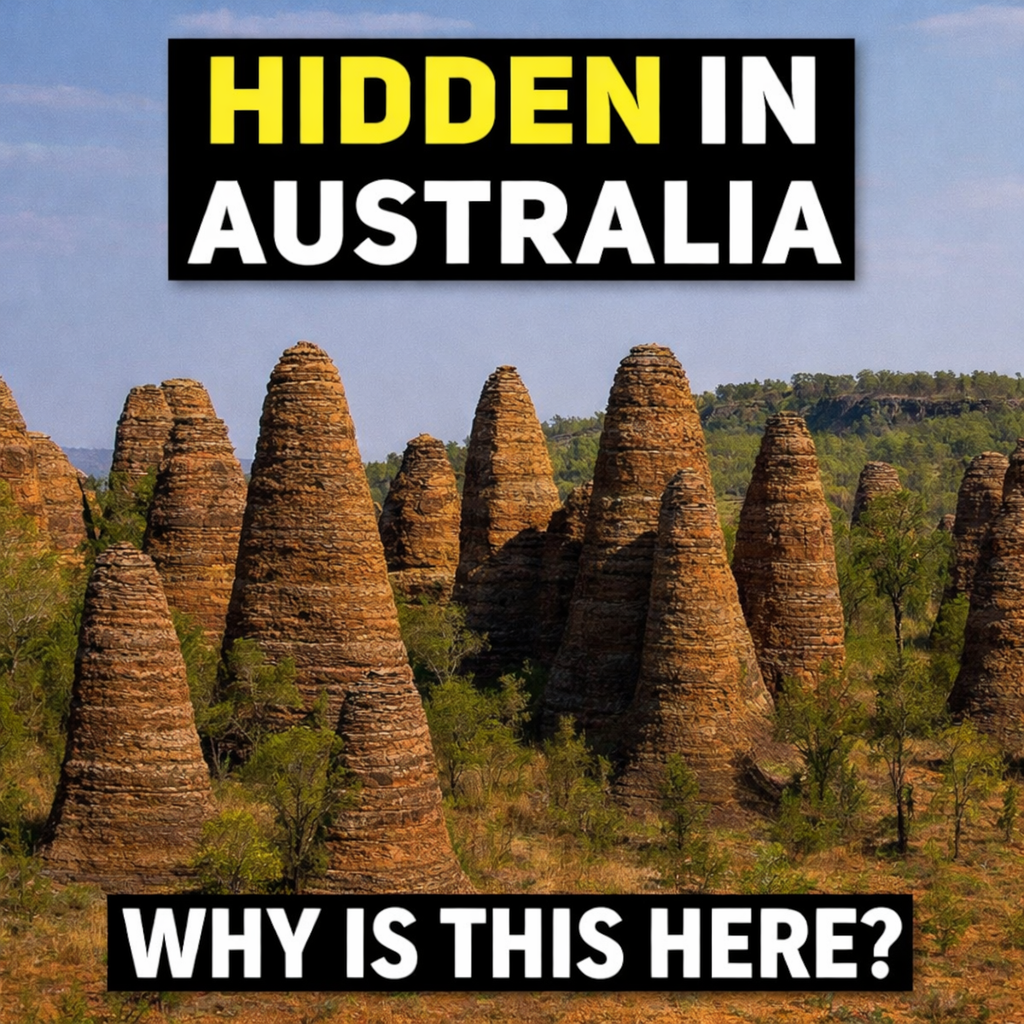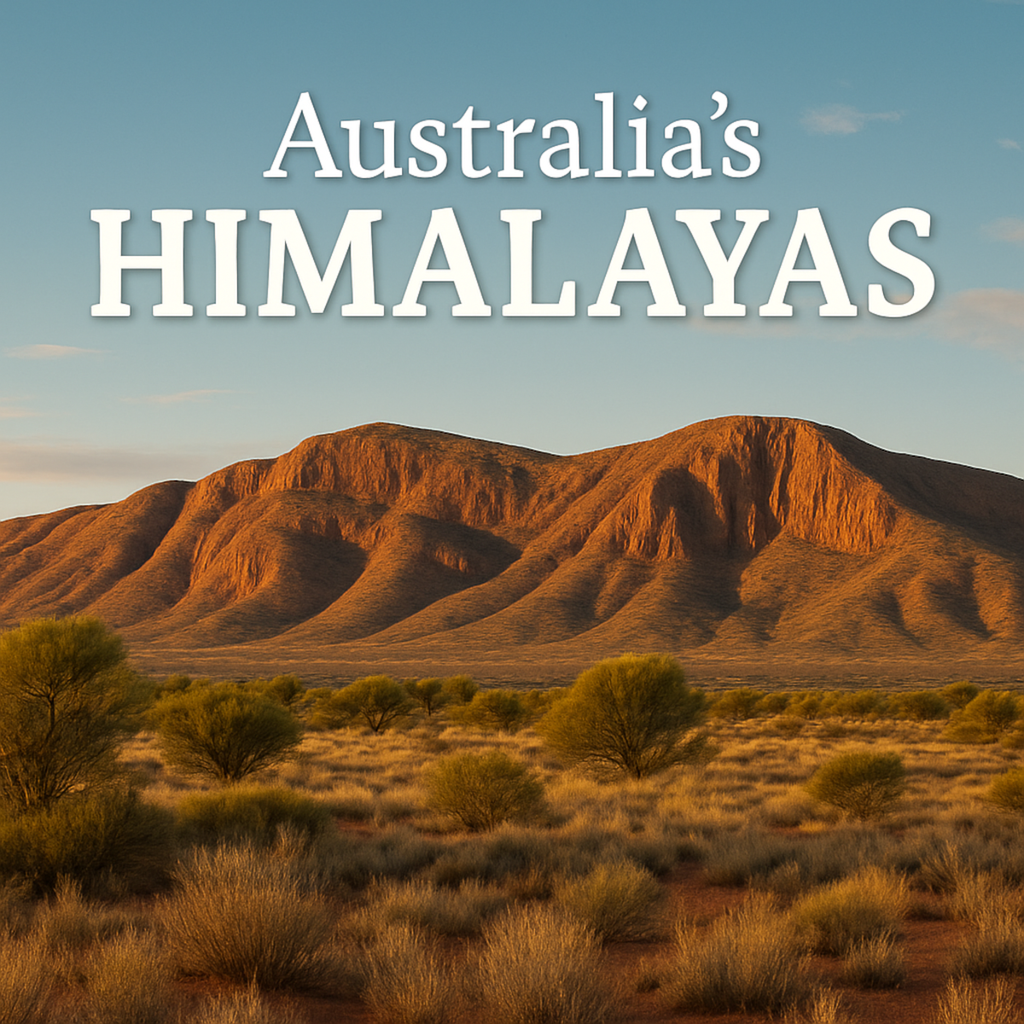Australia’s Most Overlooked Geological Oddity: Jarnem Keep
Hidden in the far north of Australia is one of the continent’s most overlooked geological oddities. Near Jarnem in the Northern Territory, a field of sandstone pinnacles and dome-shaped rock formations rises from the landscape, forming what looks like a ruined stone city carved by design. These formations are not man-made and are not related to Australia’s famous limestone Pinnacles or the Bungle Bungles, despite their visual similarity.
Formed from Devonian to Early Carboniferous sandstones more than 300 million years ago, the Jarnem Keep landscape represents the remains of an ancient sandstone surface that once stretched across northern Australia. Over millions of years, deep chemical weathering weakened the rock before erosion stripped away vast volumes of stone, leaving behind isolated towers, ridges and domes. This landscape is defined by erosion and loss rather than construction, making it one of Australia’s most unusual geological environments.
Today, Jarnem Keep stands as a rare example of a landform shaped by subtraction, where the spaces between the pinnacles tell as much of the geological story as the rocks themselves. It is a hidden geological landmark that reveals how climate, erosion and time can quietly erase entire landscapes while leaving behind only their strongest remnants.




